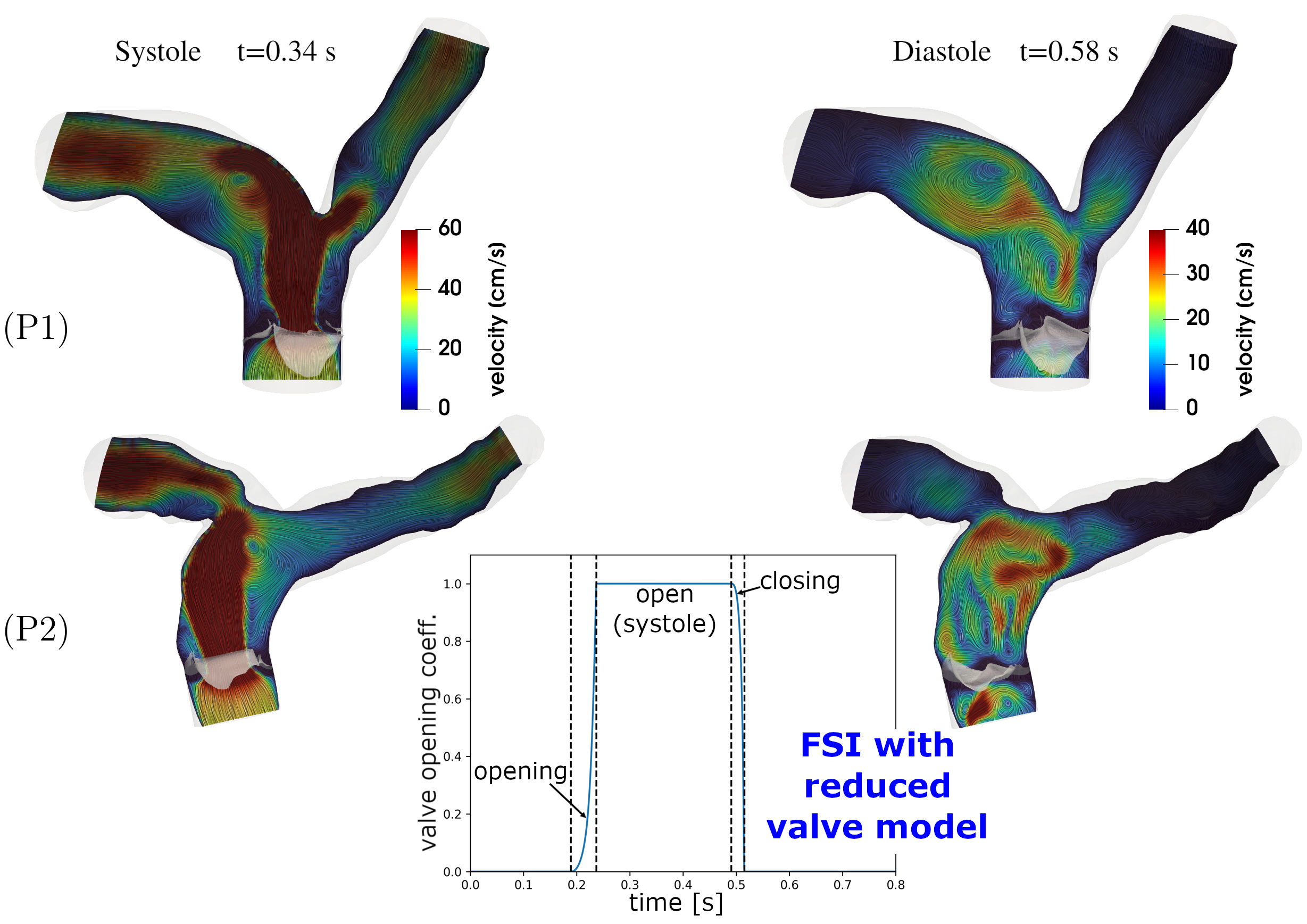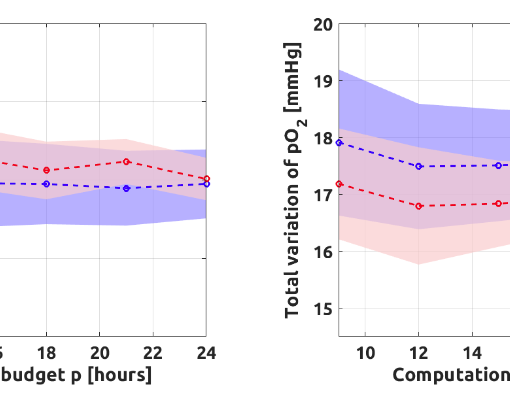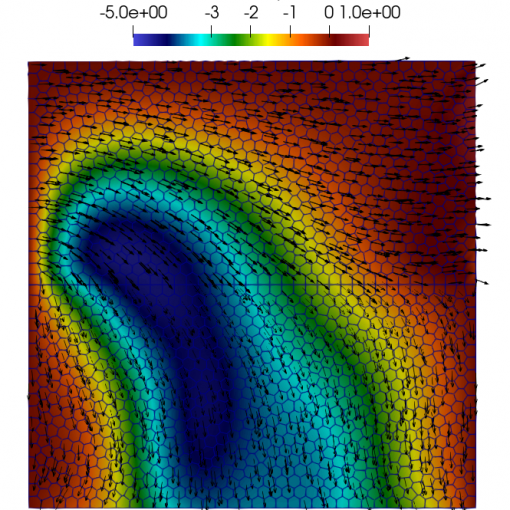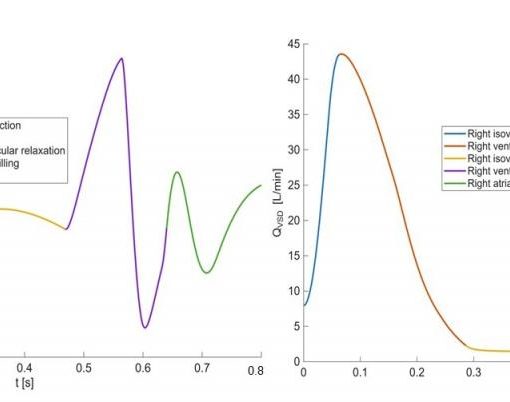A new MOX Report entitled “Computational haemodynamics for pulmonary valve replacement by means of a reduced Fluid-Structure Interaction model” by Criseo, M.; Fumagalli, I.; Quarteroni, A.; Marianeschi, S. M.; Vergara, C. has appeared in the MOX Report Collection.
Check it out here: https://www.mate.polimi.it/biblioteca/add/qmox/01-2024.pdf
Abstract: Pulmonary Valve Replacement (PVR) consists of substituting a patient’s original valve with a prosthetic one, primarily addressing pulmonary valve insufficiency, which is crucially relevant in Tetralogy of Fallot repairment. While extensive clinical and computational literature on aortic and mitral valve replacements is available, PVR’s post-procedural haemodynamics in the pulmonary artery and the impact of prosthetic valve dynamics remain significantly understudied. Addressing this gap, we introduce a reduced Fluid-Structure Interaction (rFSI) model, applied for the first time to the pulmonary valve. This model couples a three-dimensional computational representation of pulmonary artery haemodynamics with a one-degree-of-freedom model to account for valve structural mechanics. Through this approach, we analyse patient-specific haemodynamics pre and post PVR. Patient-specific geometries, reconstructed from CT scans, are virtually equipped with! a templa te valve geometry. Boundary conditions for the model are established using a lumped-parameter model, fine-tuned based on clinical patient data. Our model accurately reproduces patient-specific haemodynamic changes across different scenarios: pre-PVR, six months post-PVR, and a follow up condition after a decade. It effectively demonstrates the impact of valve implantation on sustaining the diastolic pressure gradient across the valve. Preliminary outcomes indicate the reliability of our valve model concerning the robustness of its application across various patients, despite being calibrated initially with data from a single patient. This promising approach provides insights into post-PVR haemodynamics and prosthetic valve effects, shedding light on potential implications for patient-specific outcomes.





